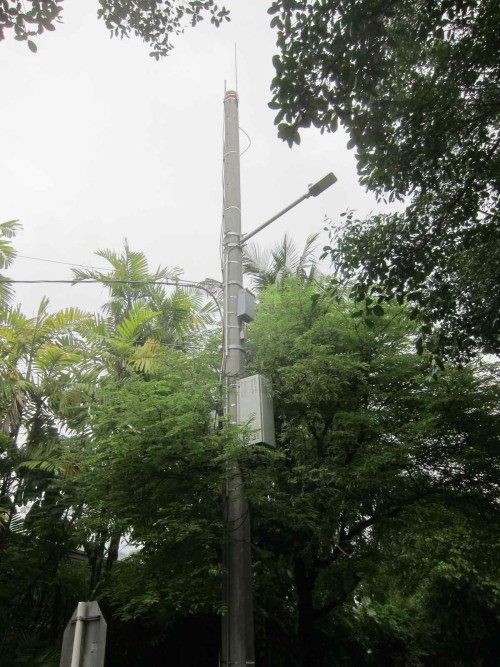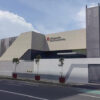The Philippines has yet again made a record for itself, this time belonging to a list of countries in the world that has not used its 700 MHz spectrum frequency. And this time the list is very short, only 2 countries in fact made it to this list – Philippines and Thailand – both in the ASEAN region.
If this new technology was opened up globally to reduce the cost of broadband in many countries, the question many people are asking is, why have we not used this asset for the benefit of Filipino consumers and netizens?
According to data gathered by the GSMA, there remain only 2 countries in the Asia Pacific with major issues preventing their allocation of the 700 MHz band to mobile broadband technologies. This is contrary to the move by most countries to adopt the Asia Pacific technical harmonization or APT700 band plan, which is the most efficient arrangement of the 700 MHz band for mobile communications services.
The GSMA reported that except for the Philippines and Thailand, all other countries in the region including the likes of Afghanistan and Bangladesh, have either adopted the APT Band Plan or have progressed towards adoption. On the other hand, countries in Europe, the US and other developed nations have progressively rolled out their strategies using the 700 MHz.
The group encourages countries to harmonize their frequencies as quickly as possible in order to take advantage of significant socio-economic benefits of allocating the 700 MHz band to mobile – including growth in GDP, employment, entrepreneurship and tax revenues. GSMA estimates that by 2020, the digital dividend for the Asia-Pacific region could be worth almost US$1 trillion in additional GDP.
Delaying the decision to allocate the 700 MHz band would have an impact on the total socio-economic benefits of the technology. For instance, delaying the harmonization could lead to loss of employment opportunities and tax revenues for the government as well as loss of new business activities, the group said.
The group added that the 700 MHz Digital Dividend (DD) band is key for expanding mobile broadband into the outlying islands and rural provinces in the Philippines, enabling mobile operators to reduce capital and network costs, thereby accelerating rollout and lowering prices for end users.
The 700 MHz band is the digital dividend for mobile broadband identified by the International Telecommunication Union (ITU) at the World Radiocommunication Conference (WRC-15) last November.
The ITU believes that using the 694-790 MHz frequency for mobile broadband will go a long way in bridging the digital divide globally, and will benefit handsets, supply chain, roaming, rural coverage, and other aspects of mobile communications. It will also pave the way for manufacturers and mobile operators to offer mobile broadband at affordable prices in currently underserved areas or so-called missionary areas.
Particular to the Philippines, the National Telecommunications Commission (NTC) has not announced any timetable or plan to release the 700 MHz band to mobile operators, leaving the future of the band unclear. Both the Philippine Long Distance Telephone Co. (PLDT) and Globe Telecom have asked the NTC for an equitable distribution of the 700 MHz spectrum, with PLDT even threatening legal action and elevation of the matter to President Aquino should the regulator fail to act on its request.
Globe General Legal Counsel Atty. Froilan Castelo, said that giving active and operating telecommunications companies access to the 700 MHz spectrum will immediately release its socio-economic benefits especially insofar as consumer pricing is concerned.
“Harmonizing the 700 MHz spectrum will allow the industry to provide broadband and data services at faster speeds and in a more cost-efficient manner. This will ultimately redound to increased benefits for the consumers,” said Castelo.
“The 700 MHz spectrum is imbued with public interest because all over the world this scarce frequency has been reclassified for mobile telecommunication use from broadcast use,” said PLDT Regulatory Affairs and Policy Head Ray Espinosa. He added that the 700 MHz remains assigned for broadcast use to date, and the entire spectrum is in the hands of and controlled by a currently inactive broadband operator.

















































































































